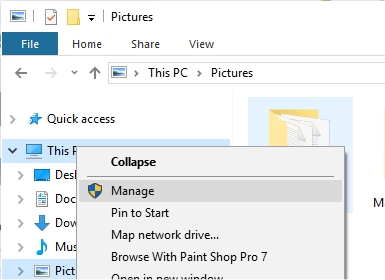- Downloaded
- 153.9 GB
- Uploaded
- 44.2 TB
- Ratio
- 294.18
- Seedbonus
- 12,753,969
- Upload Count
- 11545 (11545)
Member for 8 years
When setting up a new hard drive, you will often have to initialize the disk by choosing either MBR (Master Boot Record) or GPT (GUID Partition Table). In this guide, we will explain the differences between the two, so you can choose the best one for you.
If your computer is 64-Bit Windows 7, 8, or 10, and UEFI-based, then you want GPT. Older operating systems, 32-bit computers, and BIOS-based computers will want to use MBR. MBR might, in some rare cases, be used for compatibility issues.
As we proceed, we will discuss the benefits of GPT and the disadvantages of MBR on modern drives.
Both MBR (Master Boot Record) and GPT (GUID Partition Table) are different ways of storing information on your hard drive so that when your computer starts, it knows which partition(s) are bootable.
As we mentioned, there are a few advantages and disadvantages that might swing your decision:
MBR (Master Boot Record) will not work on hard drives over 2TB and only supports four partitions. Anyone who's ever had to create an extended partition will remember those days. Partitioning and MBR data on an MBR partition is stored in one place and if corrupted, difficult to repair. MBR has no way of knowing if your data is intact.
GPT (GUID Partition Table) works with UEFI which is replacing the old BIOS most of us don't miss dealing with. GPT allows for up to 128 partitions without having to extend. Partitioning and MBR data on a GPT partition are stored in multiple places on the disk and easier to recover if corrupted. GPT stores cyclic redundancy check (CRC) values to check that its data is intact.
You can open Disk Management one of three ways:
If your computer is 64-Bit Windows 7, 8, or 10, and UEFI-based, then you want GPT. Older operating systems, 32-bit computers, and BIOS-based computers will want to use MBR. MBR might, in some rare cases, be used for compatibility issues.
As we proceed, we will discuss the benefits of GPT and the disadvantages of MBR on modern drives.
Both MBR (Master Boot Record) and GPT (GUID Partition Table) are different ways of storing information on your hard drive so that when your computer starts, it knows which partition(s) are bootable.
As we mentioned, there are a few advantages and disadvantages that might swing your decision:
MBR (Master Boot Record) will not work on hard drives over 2TB and only supports four partitions. Anyone who's ever had to create an extended partition will remember those days. Partitioning and MBR data on an MBR partition is stored in one place and if corrupted, difficult to repair. MBR has no way of knowing if your data is intact.
GPT (GUID Partition Table) works with UEFI which is replacing the old BIOS most of us don't miss dealing with. GPT allows for up to 128 partitions without having to extend. Partitioning and MBR data on a GPT partition are stored in multiple places on the disk and easier to recover if corrupted. GPT stores cyclic redundancy check (CRC) values to check that its data is intact.
You can open Disk Management one of three ways:
- Click on This PC and click Manage.
- Click Start, Run (or Windows Key + R) and enter diskmgmt.msc. you can use diskmgmt.msc form the Command Line as well.
- Press the Windows Key + S and begin typing disk management and click on Disk Management.

When you right-click on a new drive (seen as unallocated in the screenshot below), you will be given the choice of MBR (Master Boot Record) and GPT (GUID Partition Table). You can make your choice and select Quick format.
The process only takes a few minutes usually. Your new hard drive will now be ready to install your operating system.
The process only takes a few minutes usually. Your new hard drive will now be ready to install your operating system.
